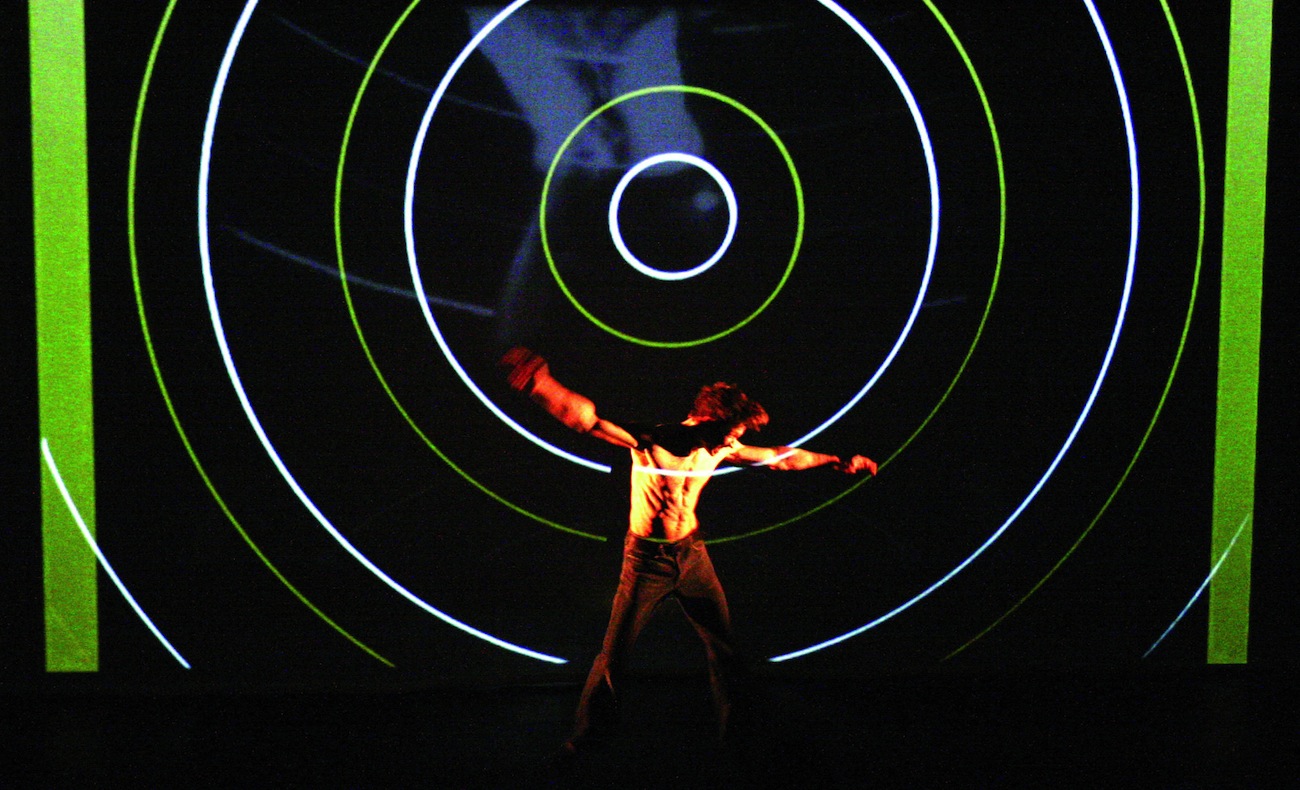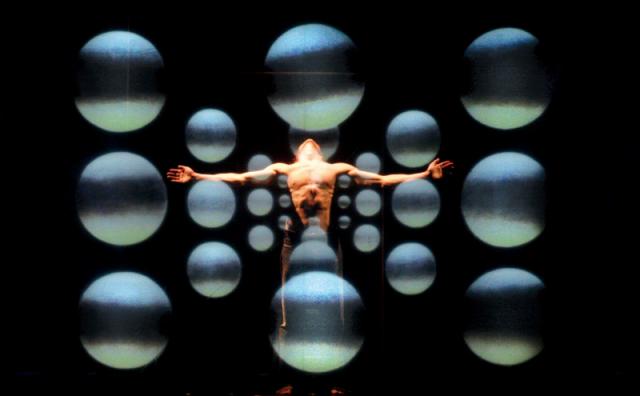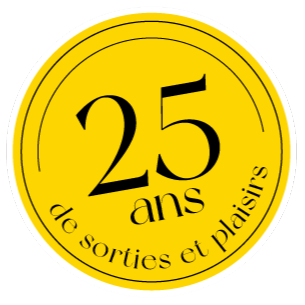
“Every film, for me, is a kind of a dance,” famously said Canadian Oscar winner Norman McLaren, founder of the NFB’s animation studio. Inspired by a visit to the NFB headquarters in Montreal to learn more about the film, visual arts and electronic music pioneer, Michel Lemieux, Victor Pilon and Peter Trosztmer created the multimedia-dance-theatre tribute NORMAN in 2007. It’s back for a final Montreal run after touring worldwide.
Chatting casually to the audience about his obsession with McLaren, Trosztmer dances by muscle memory in sync with 3D projections he can’t see. NORMAN is a rare mix of intimacy and special effects; it’s real and surreal. Lemieux and Pilon’s company, 4D Art, is known for technologically innovative multidisciplinary work. They created Cirque du Soleil’s first arena show, Delirium. This bilingual and funny show is hyper-modern. Yet it not only avoids aging McLaren’s work, but makes his classic films seem like the next big thing.
In a haunting segment, McLaren and Frédéric Back, another animation legend who passed away three months ago, are brought back to life as eerily true-to-life holographs; they turn their heads at the same time to watch Trosztmer step onstage. The past and the present are kindred spirits, together in the same room. Nightlife.ca spoke to Lemieux about the show.
Nightlife.ca: How do audiences who’ve seen NORMAN around the world react?
Lemieux: [McLaren] was really well known internationally, but we kind of forgot about him. So the first reaction is: ‘Who's this guy?’ Then the reaction after the show is ‘Now I want to go on the Internet and know more, look at his films.’
How is McLaren relevant today?
The timing and the influence of Norman is everywhere. You look at a film and you think, ‘this has been done last week with a computer.’ And actually the date is 1942. We have to realize what artists did before us so we can go further, not just repeat. He's part of our cultural DNA.
I think if Norman had worked in Europe all his career, there would be a museum of Norman McLaren somewhere in Europe. Here we have kind of a cultural amnesia. How come? He’s our Picasso. When Picasso saw a film of Norman’s, Hen Hop, Picasso said, ‘oh, at last, something new in the art of drawing.’
So we’ve forgotten a part of our own past?
Norman stayed almost forty years in Montreal. He was fully bilingual and had many French friends, many English-speaking friends. He was the perfect synthesis of both cultures. I think there's something special in Montreal in the performing arts. There's a feeling of freedom here. I think we should pay more attention to that and document it for the next generation of artists, instead of just thinking that every generation invented everything. It’s going to make us better people and better artists if we remember what happened before us.
How does McLaren inspire you as an artist?
For us, it's really important to reinvent ourselves with every show. And that's exactly what Norman was doing. Never using a recipe. When you use any kind of tool to create, the tool has to disappear at a point. You have to master your tools.
He did a film in the early 1940s called Begone Dull Care, all scratched and painted. His assistant came to say, 'Oh there's a big problem, there's bunch of film that went on the floor and got dirty. Sorry, it was a mistake.’ Norman looked at it, the footage all dirty, dusty, scratched, and said, ‘This is perfect.’ So he took a piece of his film and glued it with scotch tape on the floor and asked people to walk on the film for days, because he loved it. But it started with a mistake. He was so not afraid of doing anything.
Why were you the right creators to develop a show about McLaren?
At the beginning we were asking ourselves: who are we to do a show on Norman? We started very respectful of Norman's films. At one point it was a bit like a museum: too straight, too academic. Norman wasn't like that. He was a child, playing with his own films all the time. So we decided to go with that same spirit, the freedom of creation. Norman never told you how to think. At a point, Norman told a documentary director, ‘You have to be totally free. [Take] my films and do whatever you want with them. Put them upside down. If you want to do a documentary on me, it has to talk about the freedom of creation.’ It was like Norman was giving us the permission to be wild with the thing.
NORMAN runs until April 12 at Place des Arts.
The Norman McLaren centennial begins this April: McLaren Wall to Wall, projected on city buildings by Kid Koala and others, launches on April 11. Image X Image, a new permanent exhibit at the Quebec Museum of Civilization, launches June 4. The NFB and others will host many additional shows and events.
